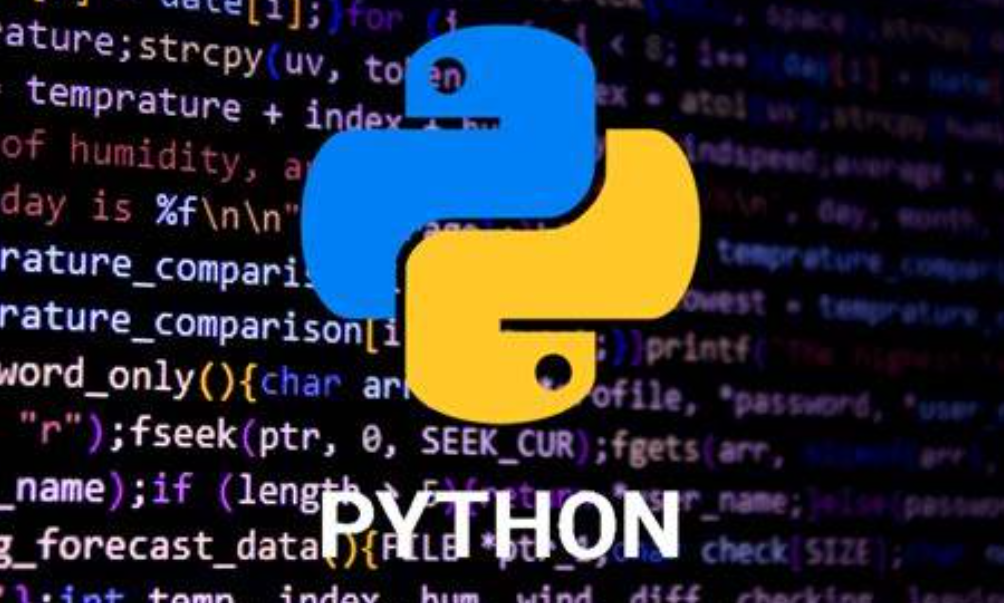1. Introduction to the Library
In real life, many classification problems are not simple single-label classifications. For example, in news article classification, an article may belong to both the “Technology” and “Business” categories; in image tagging, a picture may contain multiple tags such as “Person”, “Landscape”, and “Animal”. Traditional single-label classification algorithms cannot effectively handle these types of problems, and the <span>scikit-multilearn</span> library is designed to solve multi-label classification issues. It is based on the <span>scikit-learn</span> framework and provides various multi-label classification algorithms that can help us efficiently handle multi-label data, with wide applications in text classification, image tagging, bioinformatics, and more.

2. Installation
You can install the <span>scikit-multilearn</span> library using <span>pip</span> by executing the following command in the command line:
pip install scikit-multilearn3. Basic Usage
1. Data Preparation
First, you need to prepare a multi-label dataset. Here, we take a simple example dataset, assuming we have a feature matrix <span>X</span> and the corresponding multi-label matrix <span>Y</span>.
import numpy as np
from skmultilearn.dataset import load_dataset
# Load example dataset
X_train, y_train, feature_names, label_names = load_dataset('emotions', 'train')
X_test, y_test, _, _ = load_dataset('emotions', 'test')2. Choosing a Classifier
<span>scikit-multilearn</span> provides various classifiers; here we choose the <span>BinaryRelevance</span> classifier, which transforms the multi-label problem into multiple single-label problems.
from skmultilearn.problem_transform import BinaryRelevance
from sklearn.svm import SVC
# Create classifier
classifier = BinaryRelevance(
classifier=SVC(),
require_dense=[False, True])3. Training the Model
Train the classifier using the prepared training data.
# Train model
classifier.fit(X_train, y_train)4. Prediction and Evaluation
Use the trained model to make predictions on the test data and evaluate the model’s performance.
from sklearn.metrics import hamming_loss
# Make predictions
predictions = classifier.predict(X_test)
# Calculate Hamming loss
hamming = hamming_loss(y_test, predictions)
print(f"Hamming Loss: {hamming}")4. Advanced Usage
In addition to basic multi-label classification, <span>scikit-multilearn</span> also supports some advanced operations, such as using ensemble methods for multi-label classification. Below is an example using the <span>RandomForestClassifier</span> as the base classifier:
from skmultilearn.problem_transform import BinaryRelevance
from sklearn.ensemble import RandomForestClassifier
# Create ensemble classifier
ensemble_classifier = BinaryRelevance(
classifier=RandomForestClassifier(n_estimators=100),
require_dense=[False, True])
# Train ensemble classifier
ensemble_classifier.fit(X_train, y_train)
# Make predictions
ensemble_predictions = ensemble_classifier.predict(X_test)
# Calculate Hamming loss
ensemble_hamming = hamming_loss(y_test, ensemble_predictions)
print(f"Ensemble Hamming Loss: {ensemble_hamming}")5. Practical Application Scenarios
Text Classification
In news websites, a news article may involve multiple topics, such as politics, economics, sports, etc. Using the <span>scikit-multilearn</span> library allows for multi-label classification of news articles, making it easier for users to quickly find articles of interest.
Image Tagging
In image search engines, images need to be tagged with multiple labels so that users can search for related images based on multiple keywords. Through the <span>scikit-multilearn</span> library, the features of images can be analyzed to add multiple tags to the images.
In summary, the <span>scikit-multilearn</span> library provides powerful tools for solving multi-label classification problems. It is based on the <span>scikit-learn</span> framework, is user-friendly, and offers various classification algorithms and advanced operations. Whether in text classification, image tagging, or other fields, it plays an important role.
Let’s interact: have you encountered multi-label classification problems in your actual work? How did you solve them? Feel free to share your experiences and insights in the comments section.